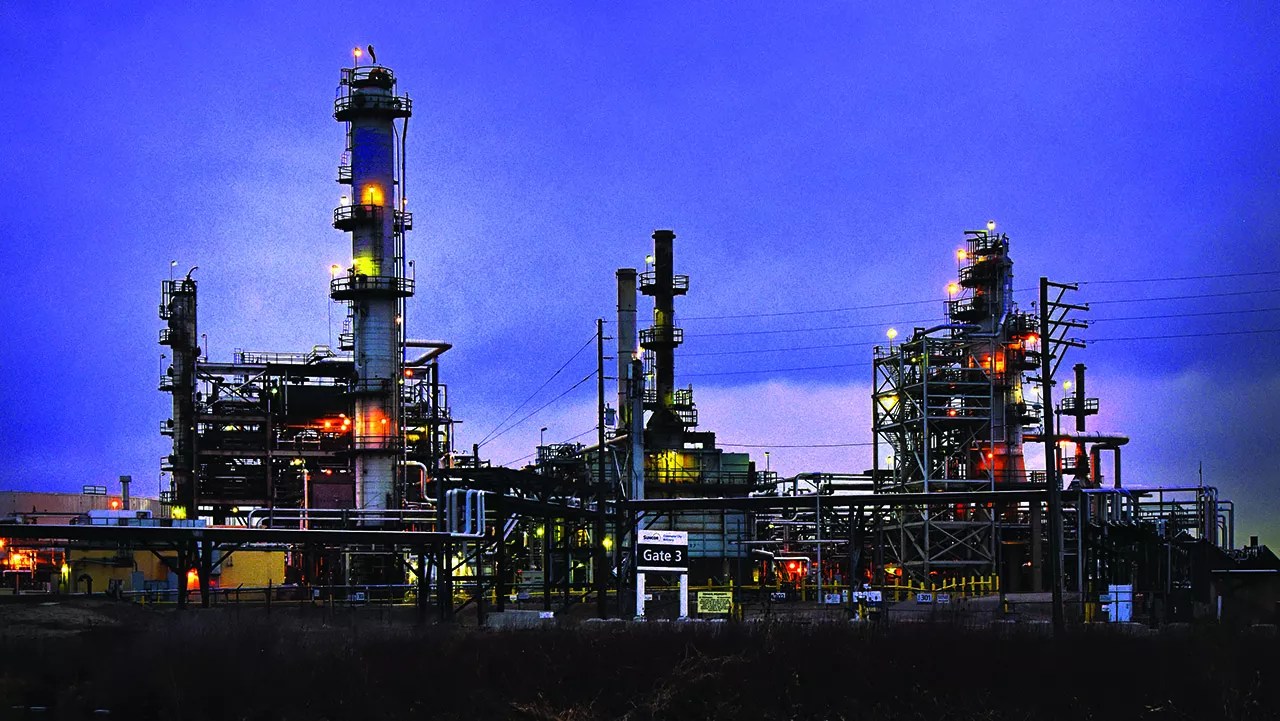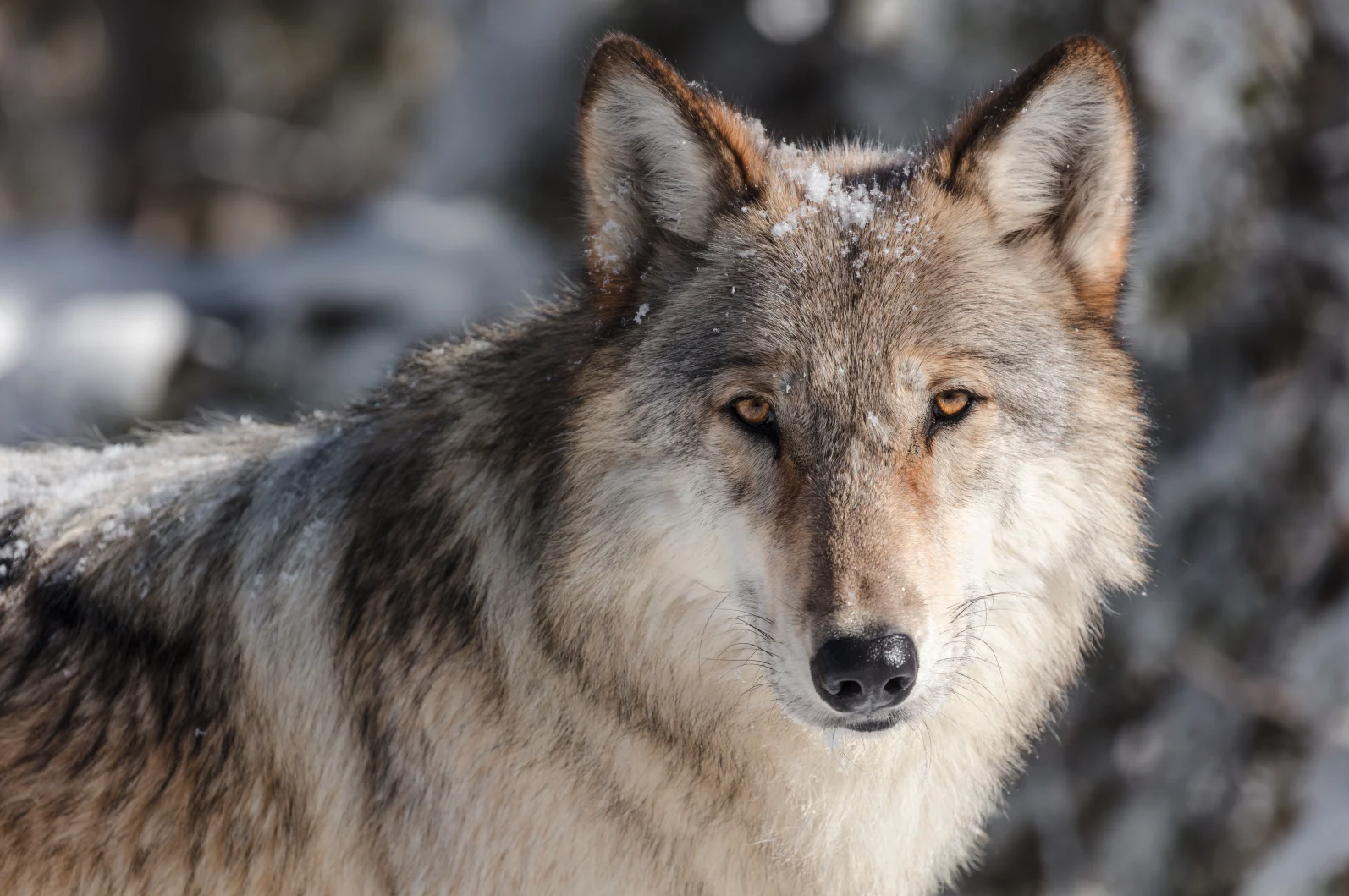
Anthony Camera

Audio By Carbonatix
Mother Nature was a bitch in Colorado in 2020, with wildfires, drought, extreme temperatures…and oh, yes, a pandemic. But man also did a number on this state this year. Here are ten of the biggest environmental stories:
Historic Wildfires
Brought on by record temperatures, low humidity and a significant drought in Colorado, the Cameron Peak fire, near Estes Park, became the largest fire ever recorded in the state, topping 200,000 acres in mid-October. It started on August 13 and burned for 112 days before finally being contained on December 2. The state’s second-largest fire, the East Troublesome fire, also occurred this year. It started on October 14 and was extinguished on November 30 after burning 193,812 acres. Thousands of people were forced to evacuate, and hundreds of homes were burned down…and those were just the worst of the blazes during this long, hot year.
Extreme Drought
Colorado has been in various levels of drought since August 2019. By November of this year, nearly 25 percent of the state was classified as being in “exceptional” drought status. Historically, “exceptional” droughts occur every fifty years, but Colorado also suffered through a drought at this disastrous level in summer 2013 – followed by record-breaking storms and flooding in September. While ski fanatics are praying for snow, Colorado is expected to stay stuck in a drought this winter.
Palisade Peaches Lost to Early Frost
Across the state, local businesses had to find ways to adjust to pandemic life. But few were hit quite as hard as Western Slope peach farmers, who also had to deal with a devastating deep freeze in April that killed off the future crop. Buds shriveled and fell off trees; many farms had to lay off workers and seek government aid. Governor Jared Polis and state Commissioner of Agriculture Kate Greenberg requested a federal disaster declaration for the counties hit hardest. Following the outbreak of the pandemic, a serious frost was the last thing farmers needed, but they remained resilient and are looking forward to a brighter 2021.
Watchdog Groups Skeptical of BLM Relocation
In early March, a watchdog agency reported that the Trump Administration’s reorganization of the Bureau of Land Management with an office on the Western Slope had resulted in 81 employees declining to relocate. The man at the head of the operation was acting BLM director William Perry Pendley, who promoted the move of BLM headquarters from Washington, D.C., to Grand Junction as part of a broader push to decentralize the federal government; the move was also supported by Senator Cory Gardner, who lost his seat in November. The General Accountability Office suspected that the administration was trying to drive out staff and hinder the functionality of the bureau, but officials defended their decision, saying that the relocation would allow the BLM to better serve the public.
Increase in Abandoned Wells
Even in pre-pandemic times, oil and gas producers in Colorado were expecting a tough year owing to a global glut of oil that caused prices to fall. COVID-19 stay-at-home orders didn’t help, as they led to a major reduction in travel and traffic. Whiting Petroleum filed for bankruptcy on April 11; Extraction Oil and Gas, the third-largest oil and gas producer in Colorado, filed for bankruptcy on June 14. These bankruptcies left residents concerned about abandoned wells; of the state’s 52,000 active wells, 2,049 had been abandoned as of March. But state regulators promised to remain vigilant and enforce regulations to protect those living around shut-down wells.
Suncor Oil Refinery Settlement
The Suncor Energy oil refinery in Commerce City supplies over a third of the region’s gasoline and most of Denver International Airport’s jet fuel; this year, the Colorado Department of Public Health and Environment fined the facility $9 million for multiple air-pollution violations, in the largest penalty of a single location. Over the past three years, plumes of pollutants were released into the air on several occasions; an incident on December 11 particularly alarmed local residents when visible ash and smoke blanketed the neighboring community. The settlement agreement with the state stipulates that $4.05 million of the fine will be directed toward community environmental projects.
E. coli Pollution in Colorado Rivers
This summer, the Colorado Department of Public Health and Environment added more than 100 segments of water to its list of impaired waters because of high E. coli levels. One of the segments is the stretch between the mouth of Boulder Canyon and 13th Street, a popular destination for locals and tourists alike for tubing and simply cooling off. Boulder Creek is not alone: Confluence Park, a swimming and tubing destination in Denver, also has E. coli issues. Researchers and officials in both Denver and Boulder say they’re committed to cleaning up the problem and hope to eventually remove both of these popular Colorado locations from the impaired-waters list.

Gray wolves will be coming back to Colorado in 2023.
Jacob Frank/NPS
Gray Wolves Win
An initiative to reintroduce gray wolves in Colorado qualified for the ballot in January and passed in November, marking the first time a state’s voters have forced their government to reintroduce a threatened species. The measure lays out a plan to reintroduce enough wolves to ensure their survival by the end of 2023; cost estimates range from $5 million to $6 million over six years. A previously endangered species, wolves have made a comeback in multiple states and now number around 6,000 nationwide. Native gray wolves were eradicated from Colorado in the 1940s, though a few have apparently ventured in from neighboring states.
New Climate Sales Tax
The Denver Climate Action Task Force proposed a ballot measure that would help cut greenhouse gas emissions in the city by raising roughly $40 million a year through a general sales tax; all funds would go toward renewable energy, clean transportation, environmental justice programs and more. The sales tax (2.5 cents on a $10 purchase) would apply to personal property, products and services, but not to purchases of food, water, fuel, medical supplies or feminine hygiene products. The measure was approved in November, passing with a 62.34 percent majority of Denver’s voters.
La Plata County’s Commitment to Eating Locally
Five hundred residents in La Plata County made a commitment to ensure that 10 percent of their food comes from local sources. Pine River Shares, a nonprofit, organized the Field to Fork initiative; its mission is to encourage local production and bolster the agricultural community. While the 10 percent goal comes with a certain amount of ambiguity – is it measured in calories, dollars, weight? – proponents said the important thing was to get people to actively think about their food sources. They aim for 1,400 residents to commit to the goal over the next three years.